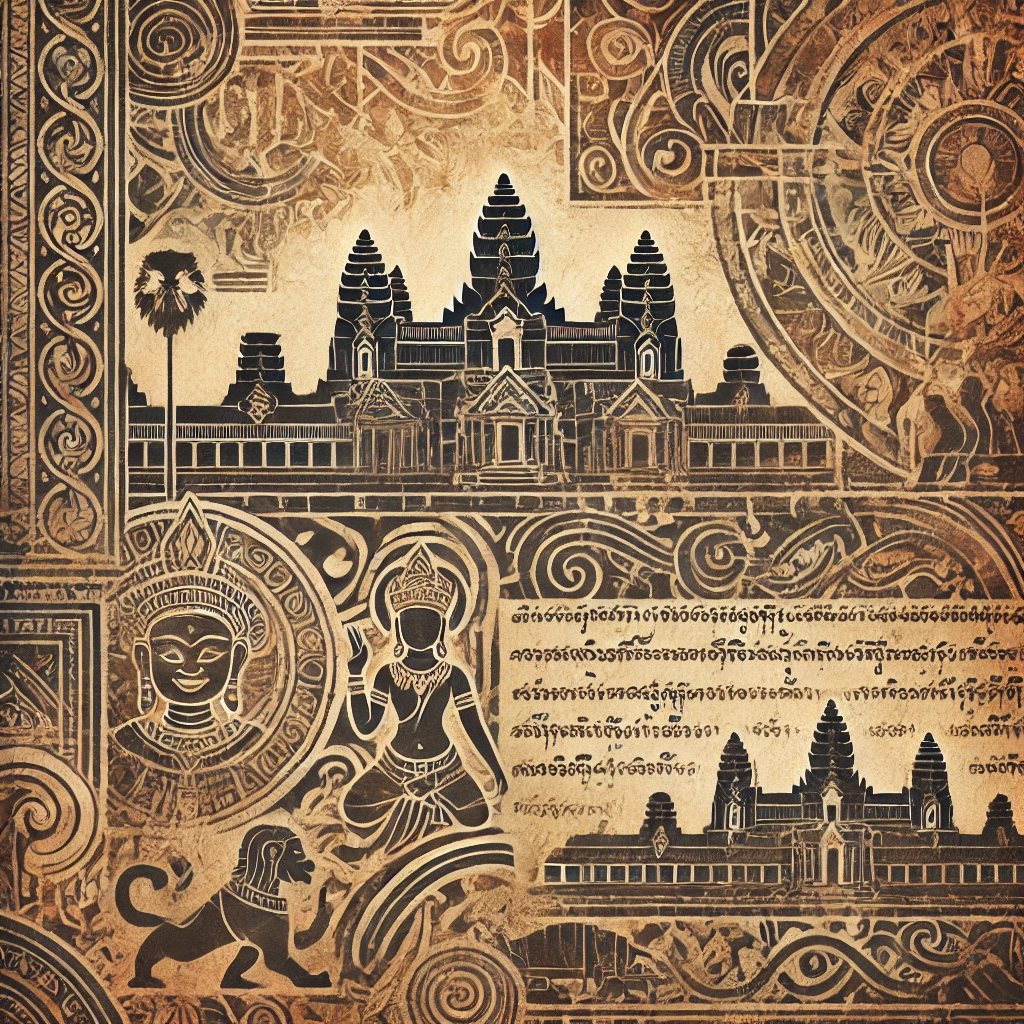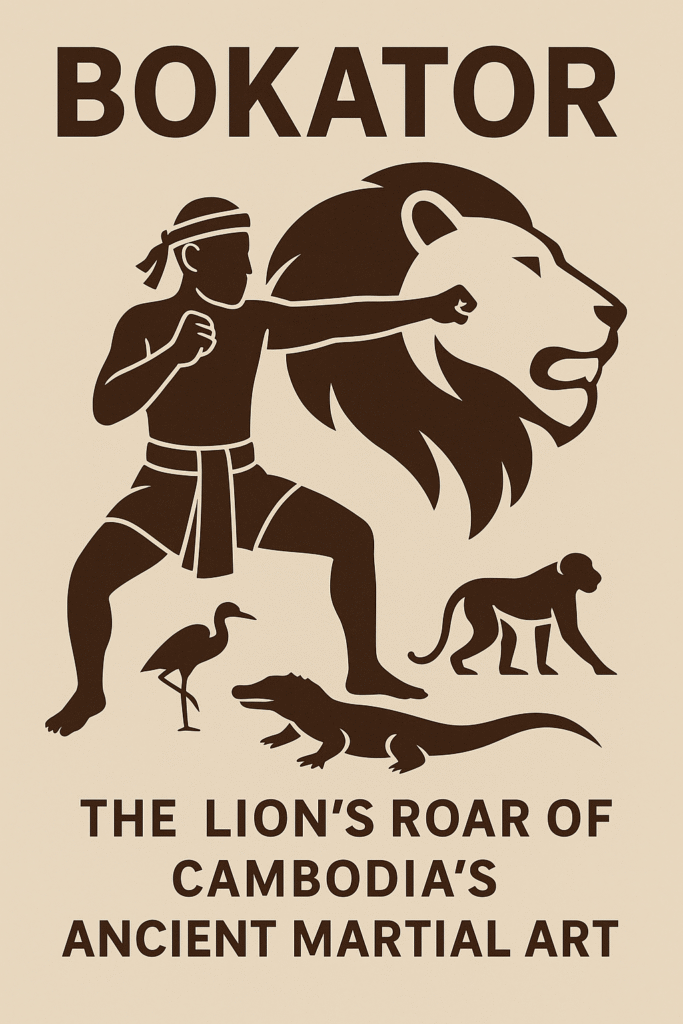Khmer history is carved not only in legend and temple but also in stone. The enduring legacy of the Khmer Empire, one of Southeast Asia’s most powerful ancient civilizations, is intimately recorded in thousands of stone inscriptions scattered across Cambodia. These inscriptions, primarily found on temples and ancient monuments, form one of the most important sources for understanding the spiritual, political, and linguistic heritage of the Khmer people.
The Oldest Khmer Inscriptions and What They Reveal
The earliest known inscriptions in Cambodia date back to the early 7th century, a time when the transition from the Funan to Chenla period was underway. These inscriptions, etched into sandstone in Old Khmer and Sanskrit, are more than just texts—they are declarations of kingship, religious devotions, temple dedications, and land donations.
These early records unveil a highly organized society rooted in Brahmanical and Buddhist ideologies, with detailed accounts of land ownership, priestly lineages, and royal achievements. Through them, scholars have reconstructed much of the early chronology of Khmer kingdoms, including the Chenla era that preceded Angkor.
The K.127 Inscription: Cambodia’s Earliest Written Record
Among the earliest and most significant inscriptions is the K.127 inscription, dated to CE 611, discovered at Angkor Borei in Takeo Province. Written in Sanskrit and Old Khmer, this inscription marks Cambodia’s first known written text.
It references a king named Bhavavarman, suggesting an organized ruling structure and Hindu religious foundations. The K.127 inscription not only provides historical names and dates but also offers the earliest linguistic evidence of Old Khmer script, marking the beginnings of Khmer literacy and recorded history.
Temple Carvings: Stone as a Historical Archive
The temples of Angkor are not just architectural marvels; they are living documents. Carvings on temple walls serve as more than decoration—they are crucial textual and visual narratives of Khmer civilization.
For example:
- Angkor Wat contains long Sanskrit inscriptions dedicated to Vishnu and King Suryavarman II.
- Bayon Temple presents scenes of daily life, military campaigns, and religious processions under Jayavarman VII.
- Preah Khan and Ta Prohm record donations of rice fields, slaves, and jewelry to the temple deities.
These carvings offer detailed glimpses into Angkorian economics, social class, religious beliefs, and even the personalities of rulers.
Inscriptions: Decoding the Lineage of Kings
Ancient Khmer inscriptions act like royal yearbooks. They trace the lineage and divine legitimacy of kings, especially from Jayavarman II—regarded as the founder of the Khmer Empire—to Jayavarman VII, the builder-king of Angkor Thom.
Some inscriptions open with eulogies to gods and ancestors, then detail the king’s genealogy, conquests, temple constructions, and land grants. This documentation was essential to uphold a ruler’s divine authority and reinforce their contributions to the Dharma (sacred order).
Modern scholars have built the chronological framework of Angkor’s royal succession almost entirely from these epigraphic records.
Sanskrit and Old Khmer: The Dual Voices of Angkor
The inscriptions of Angkor were written in two distinct languages: Sanskrit and Old Khmer. Each served a unique role.
- Sanskrit: Used for poetic and religious content—eulogies, praises to deities, and formal introductions.
- Old Khmer: Used for administrative details, like land transactions, taxes, temple workers, and donors.
This bilingualism reflects the profound influence of Indian culture and the simultaneous evolution of local Khmer identity. The inscriptions also helped standardize the Khmer script, which evolved from South Indian Brahmi script and continues in modern Cambodia today.
Modern Scholarship: Translating the Stone Language
Translating Khmer inscriptions is a meticulous and collaborative effort. Scholars like George Cœdès, Claude Jacques, and Michael Vickery laid the foundation for modern epigraphy in Cambodia. Their work involves:
- Photographing and tracing inscriptions,
- Reconstructing missing or damaged sections,
- Translating the meaning of ancient idioms and context.
Institutions like EFEO (École française d’Extrême-Orient) and the Royal University of Fine Arts have played major roles in preserving, digitizing, and interpreting these texts.
Today, projects such as the SIDDHAM database and KHMER EPIGRAPHY initiatives continue this legacy—bringing the lost voices of ancient Khmer civilization to global audiences.



